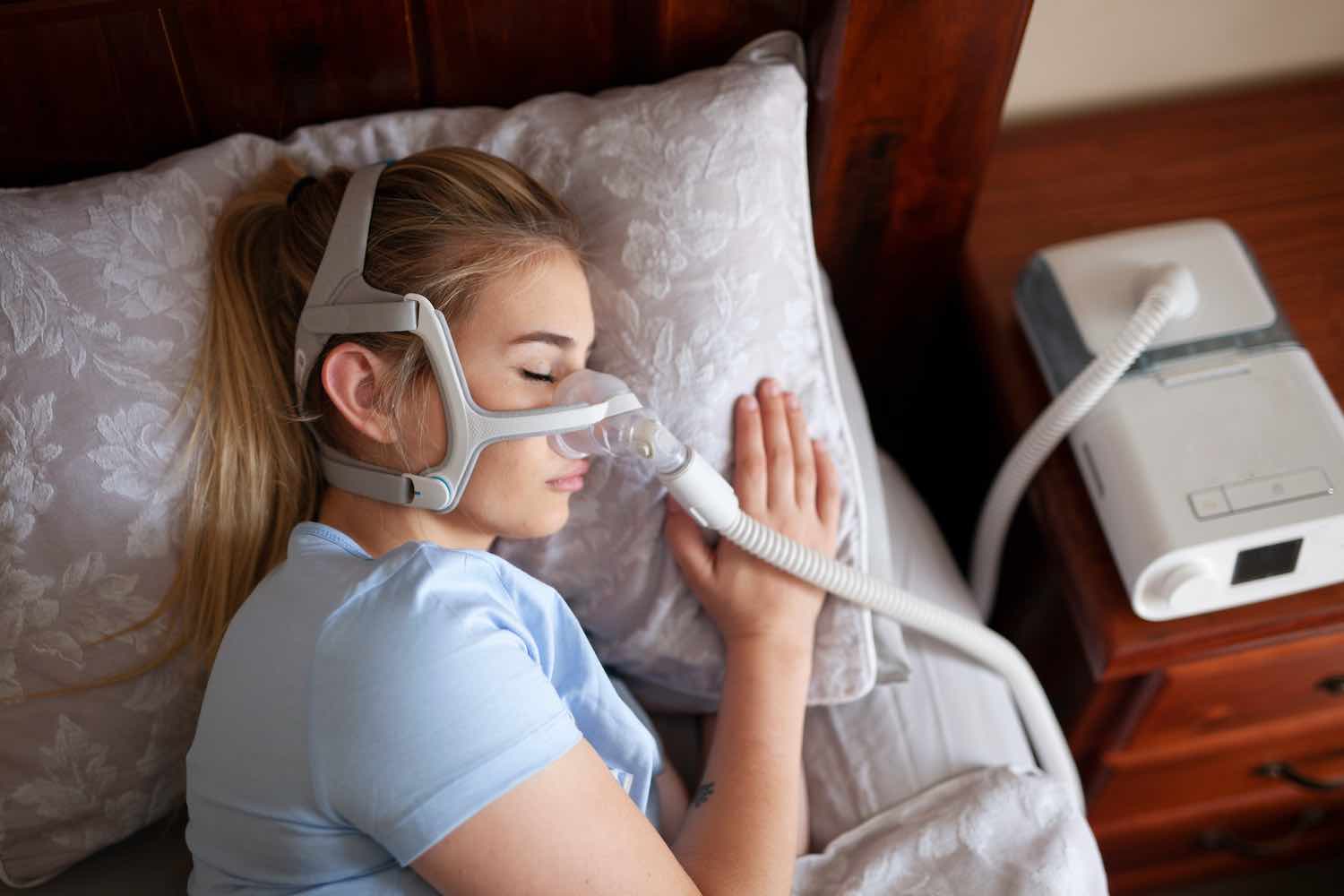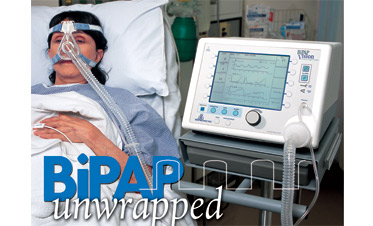BiPAP Rental Solutions for Short-Term Medical Demands
BiPAP Rental Solutions for Short-Term Medical Demands
Blog Article
Bipap vs. CPAP: Which Is the very best for Your Sleep Problem?
When browsing the intricacies of sleep disorders, the choice between BiPAP and CPAP treatment is a crucial consideration. Each modality supplies special advantages customized to specific conditions, yet the choice pivots on private patient demands and convenience levels. While CPAP offers a steady air movement appropriate for obstructive sleep apnea, BiPAP's dual stress settings may boost comfort for those with more intricate respiratory concerns. Comprehending these distinctions can dramatically influence therapy effectiveness, leaving one to ponder which alternative really aligns with their wellness demands and lifestyle.
Comprehending Sleep Disorders
Rest disorders encompass a series of conditions that disrupt regular rest patterns, affecting both the top quality and duration of rest. These conditions can manifest in different kinds, including sleep problems, sleep apnea, narcolepsy, uneasy leg disorder, and parasomnias. Each condition provides unique difficulties, typically causing substantial daytime exhaustion, cognitive impairment, and emotional disruptions.
Sleep problems is identified by difficulty falling or remaining asleep, while rest apnea entails repeated disruptions in breathing throughout rest, often causing fragmented remainder. Narcolepsy, on the various other hand, is noted by excessive daytime sleepiness and unexpected sleep assaults. Troubled leg disorder causes unpleasant feelings in the legs, triggering an irrepressible urge to move them, which can also impede the capability to go to sleep.
The effect of rest conditions expands past specific wellness, influencing overall productivity, relationships, and quality of life. Understanding the particular nature of each condition is important for efficient diagnosis and treatment. As sleep health becomes increasingly acknowledged as an important component of general wellness, resolving these conditions is important for enhancing both rest top quality and day-to-day performance.
Just How CPAP Works
Constant Positive Respiratory Tract Stress (CPAP) treatment is often utilized as a main treatment for obstructive rest apnea (OSA) The device of CPAP involves making use of a device that provides a steady stream of air with a mask worn during sleep. This air movement keeps positive stress in the air passage, protecting against the collapse or blockage of the throat that can take place during sleep.
When a client inhales, the CPAP maker offers a continual flow of air, making certain that the air passage continues to be open - BiPAP Rental. This not just eases the signs and symptoms of OSA, such as snoring and disrupted sleep patterns, but additionally decreases the connected health and wellness risks, including cardiovascular issues and daytime fatigue
The stress settings on a CPAP device can be tailored to satisfy specific person demands, commonly established through a sleep study. Generally, CPAP therapy has been shown to significantly boost the top quality of rest and total health and wellness for individuals enduring from obstructive rest apnea.
Just How BiPAP Works
BiPAP, or Bilevel Favorable Air Passage Pressure, is a specific kind of non-invasive air flow that is specifically helpful for clients with problems such as complex sleep apnea or respiratory system disorders. Unlike CPAP, which provides a constant stream of air at a solitary stress, BiPAP provides two distinctive pressure setups: a greater inspiratory stress for inhalation and a lower expiratory pressure for exhalation. This dual-pressure technique enables for simpler breathing, reducing the effort called for during exhalation.
The tool operates with a mask fitted over the nose or mouth, linked to a device that generates atmospheric pressure. When the patient breathes in, the machine supplies the greater stress to aid with airflow, ensuring that the airway stays open. Upon exhalation, the maker automatically minimizes the stress, making it much more comfortable for the person to breathe out.

Trick Differences Between BiPAP and CPAP

In contrast, BiPAP (Bilevel Positive Air passage Stress) offers two various stress settings: one for inhalation and a lower one for exhalation. This twin stress system permits more comfortable breathing, specifically for patients who fight with breathing out versus a continual stress. BiPAP is typically advised for people with complex sleep apnea, chronic obstructive pulmonary illness (COPD), or those that call for added assistance throughout rest.
Furthermore, the complexity of BiPAP gadgets normally causes a greater price and calls for extra mindful titration than CPAP. BiPAP Rental. Understanding these vital differences can aid in identifying which device might be preferable for certain sleep disorders, establishing the foundation for pop over here educated treatment choices
Selecting the Right Therapy
The decision in between BiPAP and CPAP therapy primarily pivots on the certain qualities of the rest condition, the client's total health and wellness, and their convenience with the gadget. CPAP, which delivers a constant website here stream of air, is frequently prescribed for obstructive rest apnea (OSA)
Conversely, BiPAP provides 2 levels of stress: one for breathing and a lower one for exhalation. This twin pressure system is beneficial for people with complicated rest apnea or those who experience trouble exhaling versus a continuous stress. Additionally, BiPAP is usually suggested for people with respiratory system conditions, such as persistent obstructive pulmonary illness (COPD), where differing pressure settings can boost comfort and conformity.
Inevitably, a complete assessment by a rest expert, consisting of a sleep study, can help establish which treatment straightens ideal with the patient's requirements. Elements such as convenience, ease of use, and details medical conditions must additionally be taken into account to maximize therapy outcomes.
Conclusion
In summary, both BiPAP and CPAP serve unique functions in the monitoring of rest problems. CPAP works for obstructive sleep apnea through consistent air flow, while BiPAP provides double stress setups that improve BiPAP Rental convenience for those with intricate rest apnea or respiratory system concerns. The selection in between these treatments need to be led by specific needs and conditions, necessitating an extensive examination by a rest expert to make sure optimum treatment outcomes and improved top quality of rest.

On the whole, CPAP therapy has been revealed to dramatically improve the high quality of sleep and general wellness for individuals suffering from obstructive sleep apnea.
BiPAP is commonly advised for patients with complex sleep apnea, chronic obstructive pulmonary illness (COPD), or those who need extra assistance throughout rest.
CPAP is reliable for obstructive rest apnea through consistent air flow, while BiPAP uses twin stress setups that enhance convenience for those with complicated rest apnea or respiratory system concerns.
Report this page